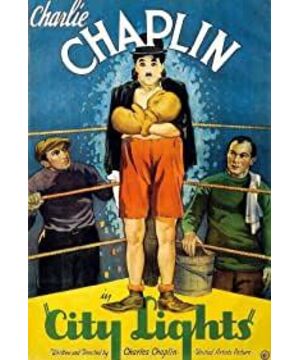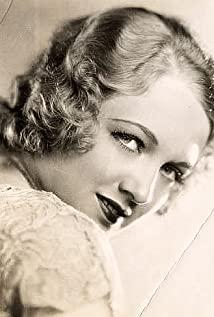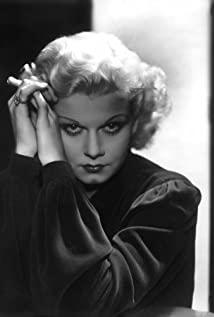The biggest contradiction in that scene was going to a boxing match. The dangers of boxing.
How did the author manage to maximize this sense of danger:
First, the person who cheated with Chaplin escaped.
Then, the fighters who came down from the boxing match fought badly.
Then, there was a player who competed with him, and the relationship between the two was made. The one who came was tough.
Then some small side branches foreshadowing, the lucky feathers used by the blacks, and the blacks were defeated.
Then again, the white man who beat the black man was beaten by Chaplin's opponent.
It's the final game.
At this point, the crisis of the characters has been pushed to the maximum.
It can be seen that this is the case, and it is enough to push in the opposite direction of the stable state that the character is originally in.
So, I'll make one myself:
Characters have exams tomorrow. A foolproof exam.
Did a cheat sheet.
Contact a classmate to help cheat.
Invigilators don't care.
The result became: the
cheat sheet fell on the road.
Classmates were caught cheating in advance.
The invigilator was scolded by the dean and had to strictly observe the discipline of the examination room.
But Chaplin used a good trick here, comparison. Let the opponent beat the white man who beat the black man.
This point is one level bigger than the previous contradiction. (The previous contradiction is just a parallel contradiction.) If it is
a higher level, (why should it be a higher level, because the comparison method is used, and it is also related to the life of the protagonist) It is equivalent to pushing the character crisis to the extreme.
Then I have to add another example to the previous example.
It was the teacher who began to find out that the protagonist was cheating. To catch him and drive him out.
View more about City Lights reviews











